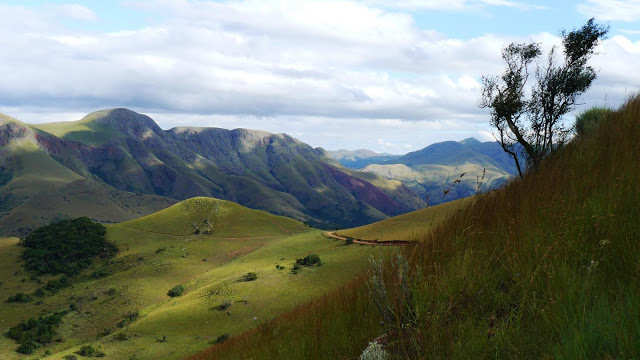
The modern sedimentary environment contains a diversity of microbes that interact very closely with the sediments, sometimes to such an extent that they form “biosediments.” But can such a phenomenon be fossilized? How far back in time can “biosedimentation” be traced? In this study for Geology, Frances Westall and colleagues examine some of the oldest rocks on Earth — in the Barberton Greenstone Belt, South Africa (older than 3.3 billion years), to answer this question.
Westall and colleagues use multi-scale methods to document the simultaneous presence of diverse types of microorganisms, including phototrophs and chemotrophs, directly interacting with coastal volcanic sediments that were bathed by hydrothermal fluids. They note that the hydrothermal fluids acted as a major nutrient source for the chemotrophic microbial communities and thus strongly controlled their development and distribution, while distribution of the photosynthetic biofilms was, of course, controlled by access to sunlight.
The silica-rich hydrothermal fluids also contributed to the rapid fossilization of the microbes and lithification of the sediments, fixing the diversity of microbial life and their interactions with the sediments for posterity. Westall and colleagues thus show that intricate microbe-sediment systems are deep-rooted in time and that at least some early life may indeed have been thermophilic.
Reference:
Archean (3.33 Ga) microbe-sediment systems were diverse and flourished in a hydrothermal context
Frances Westall et al., Centre de Biophysique Moléculaire (CBM), Centre National de la Recherche Scientifique (CNRS), Orléans, France. Published online ahead of print on 26 May 2015; DOI: 10.1130/G36646.1. This article is OPEN ACCESS online.
Note : The above story is based on materials provided by Geological Society of America.










